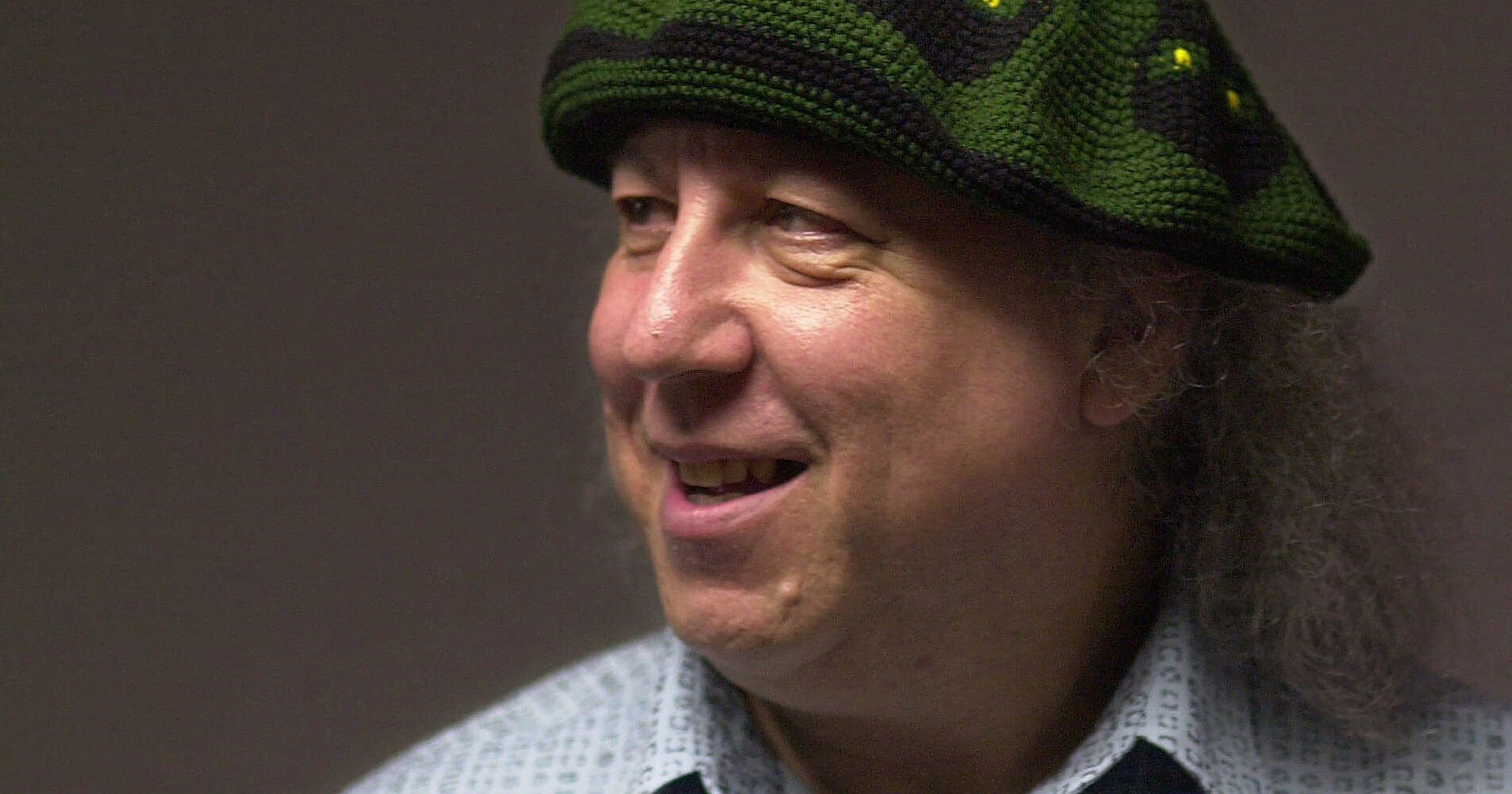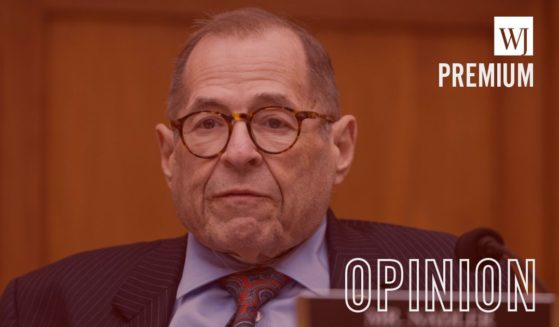
Fleetwood Mac Guitarist Peter Green Dies at 73
Peter Green, the blues guitarist who led the first incarnation of Fleetwood Mac, has died at 73.
A law firm representing his family, Swan Turton, announced the death in a statement on Saturday.
It said he died “peacefully in his sleep″ this weekend. A further statement will be issued in the coming days.
Green was among the best of the British blues guitarists of the 1960s. B.B. King once said Green “has the sweetest tone I ever heard. He was the only one who gave me the cold sweats.”
Green also made a mark as a composer and songwriter.
He left Fleetwood Mac in 1971. Even so, Mick Fleetwood said in an interview with The Associated Press in 2017 that Green deserves the lion’s share of the credit for the band’s success.
Indeed, Green was so fundamental to the band that in its early days it was called Peter Green’s Fleetwood Mac.
Peter Allen Greenbaum was born on Oct. 29, 1946, in London. The gift of a cheap guitar put the 10-year-old Green on a musical path.
He was barely out of his teens when he got his first big break in 1966, replacing Eric Clapton in John Mayall’s Bluesbreakers — initially for just a week in 1965 after Clapton abruptly took off for a holiday.
Clapton quit for good soon after and Green was in.
In the Bluesbreakers he was reunited with Mick Fleetwood, a former colleague. Mayall added bass player John McVie soon after.
The three departed the next year, forming the core of the band Fleetwood Mac.
The group made its debut at the British Blues and Jazz festival in the summer of 1967, which led to a recording contract, then an eponymous first album in February 1968.
The album, which included “Long Grey Mare” and three other songs by Green, stayed on the British charts for 13 months.
The band’s early albums were heavy blues-rock affairs marked by Green’s fluid, evocative guitar style and gravelly vocals.
Notable singles included “Oh Well” and the Latin-flavored “Black Magic Woman,” later a hit for Carlos Santana.
But as the band flourished, Green became increasingly erratic, even paranoid. Drugs played a part in his unraveling.
On a tour in California, Green became acquainted with Augustus Owsley Stanley III, notorious supplier of powerful LSD.
“He was taking a lot of acid and mescaline around the same time his illness began manifesting itself more and more,” Fleetwood said in 2015.
“We were oblivious as to what schizophrenia was back in those days but we knew something was amiss.”
“Green Manalishi,” Green’s last single for the band, reflected his distress.
In an interview with Johnny Black for Mojo magazine, Green said: “I was dreaming I was dead and I couldn’t move, so I fought my way back into my body. I woke up and looked around. It was very dark and I found myself writing a song. It was about money; ‘The Green Manalishi’ is money.”
In some of his last appearances with the band, he wore a monk’s robe and a crucifix. Fearing that he had too much money, he tried to persuade other band members to give their earnings to charities.
Green left Fleetwood Mac for good in 1971.
In his absence, the band’s new line-up, including Christine McVie, Stevie Nicks and Lindsey Buckingham, gained enormous success with a more pop-tinged sound.
Green was confined in a mental hospital in 1977 after an incident with his manager. Testimony in court said Green had asked for money and then threatened to shoot out the windows of the manager’s office.
Green was released later in the year and married Jane Samuels, a Canadian, in 1978. They had a daughter, Rosebud, and divorced the following year. Green also has a son, Liam Firlej.
Green returned to performing in the 1990s with the Peter Green Splinter Group.
In 1998, he was inducted into the Rock and Roll Hall of Fame along with other past and present members of Fleetwood Mac.
The Western Journal has reviewed this Associated Press story and may have altered it prior to publication to ensure that it meets our editorial standards.
Truth and Accuracy
We are committed to truth and accuracy in all of our journalism. Read our editorial standards.
Advertise with The Western Journal and reach millions of highly engaged readers, while supporting our work. Advertise Today.












